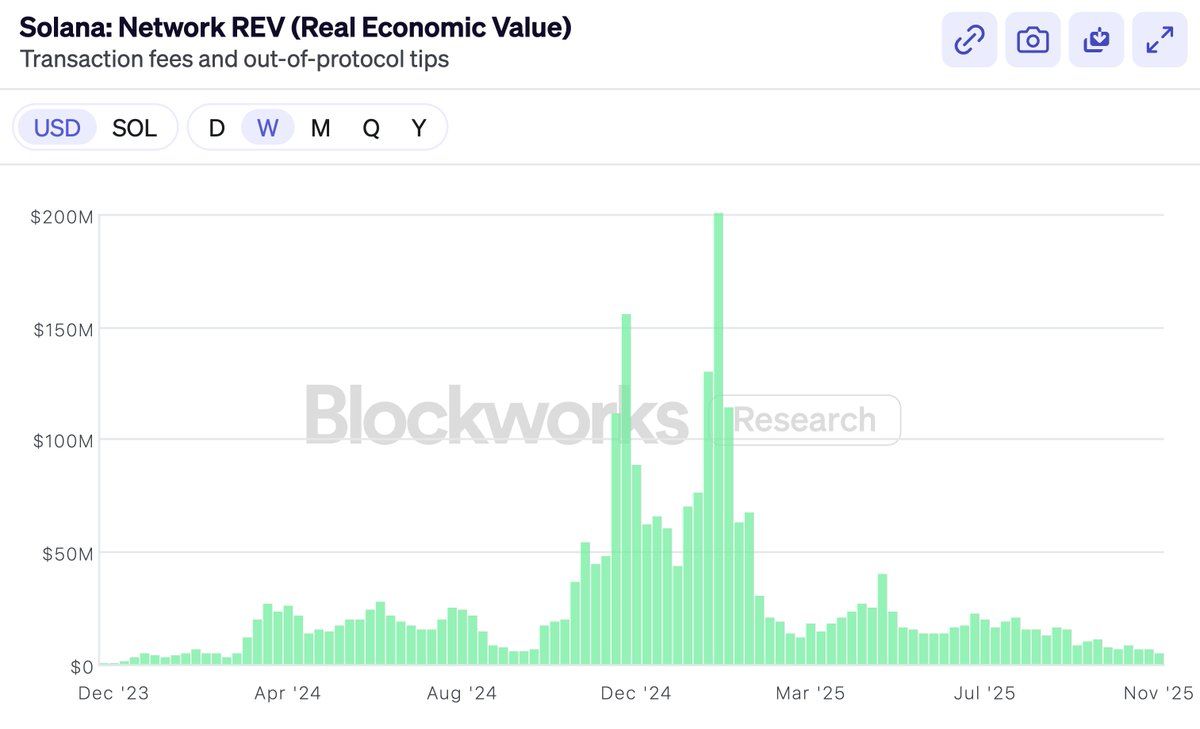Financial advisor Ric Edelman says crypto should make up 10-40% of a portfolio
 2025/06/29 11:19
2025/06/29 11:19Financial advisors should be recommending clients to allocate between 10% to 40% of their portfolio to crypto, influential investment manager Ric Edelman told CNBC on Friday.
According to Edelman, founder of the Digital Assets Council of Financial Professionals, the percentage of allocation to crypto should be decided based on the client’s risk appetite. Therefore, he recommended a minimum of 10% allocation to crypto in conservative portfolios and up to 40% for more aggressive scenarios.
In 2021, in his book titled ‘The Truth about Crypto,’ Edelman claimed that a crypto allocation of even 1% was reasonable. But given the evolution of the crypto market and regulations over the past four years, Edelman has recalibrated his recommendation. He said:
“Today I am saying 40%, that’s astonishing. Nobody ever, anywhere, has ever said such a thing.”
Why allocating 40% to crypto makes sense
According to Edelman, who has been involved in the crypto space for more than a decade, cryptocurrencies now represent the “best investment opportunity of the decade.” Edelman urged everyone to invest in Bitcoin back in 2018.
Therefore, allocating 40% of a portfolio to cryptocurrencies makes sense. Edelman’s radical shift in crypto allocation strategy was brought about by “the massive change in the evolution of crypto” over the past four years, he said.
Four years ago, the fate of the crypto industry looked gravely uncertain. There was no clarity on whether governments would ban crypto, if the technology would become obsolete, or if retail and institutional investors would adopt it.
However, the past four years have removed or reduced most of the uncertainties. Highlighting the Trump administration’s support of crypto, Edelman believes it is no longer a question of whether the government “likes crypto.” He said:
“Today, all those questions are resolved…It [crypto] has radically changed and is now a mainstream asset.”
Edelman added that with innovations in the field of medicine, life expectancy in the U.S. is increasing at a rapid rate. In the 1900s, average life expectancy stood at 47 years, while it has now grown to 85 years. Over the next 30 years, it is projected to grow to 100 years if medical innovations continue.
With people expected to live longer, Edelman believes it is time to abandon the traditional 60-40% split in portfolio, where 60% is allotted to stocks and 40% to bonds. Instead, he believes that it is essential to invest in crypto for long-term wealth.
Crypto has a high potential for growth
Edelman pointed out that despite increasing institutional engagement in crypto, the adoption rate of cryptocurrencies remains very low, around 5%. As adoption increases and more people invest in crypto, the market will see “massive asset inflows,” he said.
This means that the more people buy fixed supply assets, like Bitcoin (BTC), the higher their price is going to rise.
Edelman also said that since cryptocurrencies are not heavily correlated to stocks, bonds, oil, gold, or commodities, they offer a bigger opportunity.
“The crypto asset class offers the opportunity for higher returns than you’re likely to get in virtually any other asset class.”
The financial planning community needs to realize that “crypto is no longer an outlier asset class” and that much of its speculativeness and uncertainty is now gone. Crypto has become mainstream with financial giants like JP Morgan wading into the market.
Edelman added that blockchain technology is going to “totally change finance on this planet.”
The post Financial advisor Ric Edelman says crypto should make up 10-40% of a portfolio appeared first on CryptoSlate.
Disclaimer: The content of this article solely reflects the author's opinion and does not represent the platform in any capacity. This article is not intended to serve as a reference for making investment decisions.
You may also like
2025 TGE Survival Ranking: Who Will Rise to the Top and Who Will Fall? Complete Grading of 30+ New Tokens, AVICI Dominates S+
The article analyzes the TGE performance of multiple blockchain projects, evaluating project performance using three dimensions: current price versus all-time high, time span, and liquidity-to-market cap ratio. Projects are then categorized into five grades: S, A, B, C, and D. Summary generated by Mars AI This summary was generated by the Mars AI model, and the accuracy and completeness of its content are still being iteratively updated.

Mars Finance | "Machi" increases long positions, profits exceed 10 million dollars, whale shorts 1,000 BTC
Russian households have invested 3.7 billion rubles in cryptocurrency derivatives, mainly dominated by a few large players. INTERPOL has listed cryptocurrency fraud as a global threat. Malicious Chrome extensions are stealing Solana funds. The UK has proposed new tax regulations for DeFi. Bitcoin surpasses $91,000. Summary generated by Mars AI. The accuracy and completeness of this summary are still being iteratively updated by the Mars AI model.

How much is ETH really worth? Hashed provides 10 different valuation methods in one go
After taking a weighted average, the fair price of ETH exceeds $4,700.

Dragonfly partner: Crypto has fallen into financial cynicism, and those valuing public blockchains with PE ratios have already lost
People tend to overestimate what can happen in two years, but underestimate what can happen in ten years.
